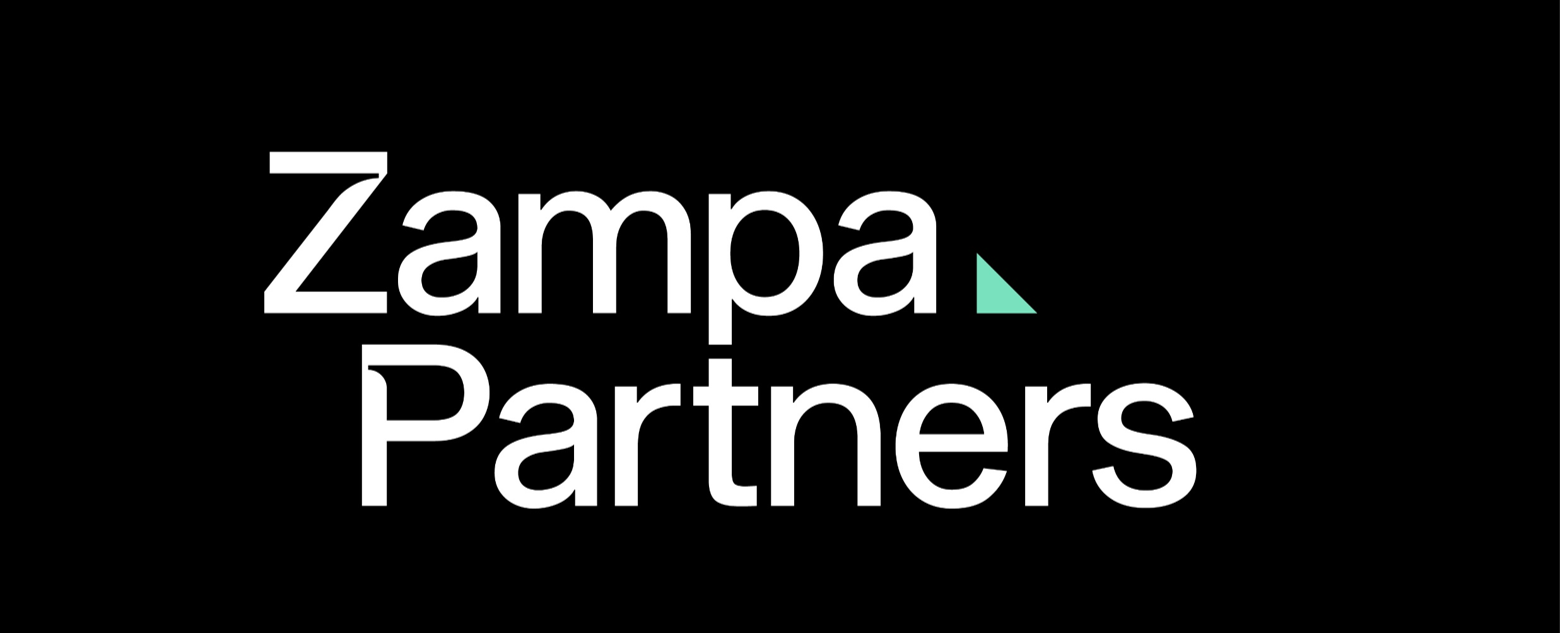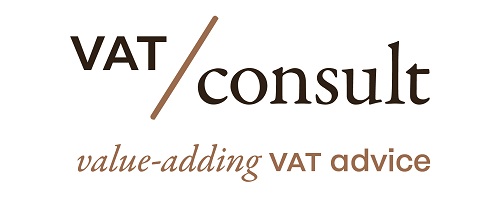- CBAM in the EU’s Fit for 55 Package:
- CBAM (Carbon Border Adjustment Mechanism) is part of the EU’s Fit for 55 legislative package, aiming to reduce the EU’s greenhouse gas emissions by 55% by 2030 compared to 1990 levels.
- Complementing EU Emissions Trading System (EU ETS):
- CBAM complements the EU ETS by addressing potential “carbon leakage,” where businesses might relocate to countries with fewer emissions restrictions and export carbon-intensive products back to the EU.
- Targeted Goods and Scope:
- CBAM targets six types of goods, including iron and steel, aluminum, fertilizer, cement, electricity, and hydrogen. It also covers some downstream goods related to these industries.
- Implementation Timeline:
- CBAM is in effect since May 17, 2023, with a transitional period (Oct 2023-Dec 2025), a definitive period (Jan 2026-Dec 2033), and full effectiveness from 2034 onwards.
- Preparation for Business Operators:
- During the transitional period, businesses exporting CBAM goods to the EU should understand CBAM requirements and prepare to provide embedded emissions information to importers. In the definitive period, continuous reduction of embedded emissions is crucial as free allowances under the EU ETS will decrease yearly.
- Global Trends and Impact:
- While CBAM is an EU initiative, other countries like the US, Canada, the UK, and Australia are considering similar measures. Global business operators should monitor developments in carbon-intensive industries as more countries may adopt policies affecting international trade based on greenhouse gas emissions
Source Baker & McKenzie















